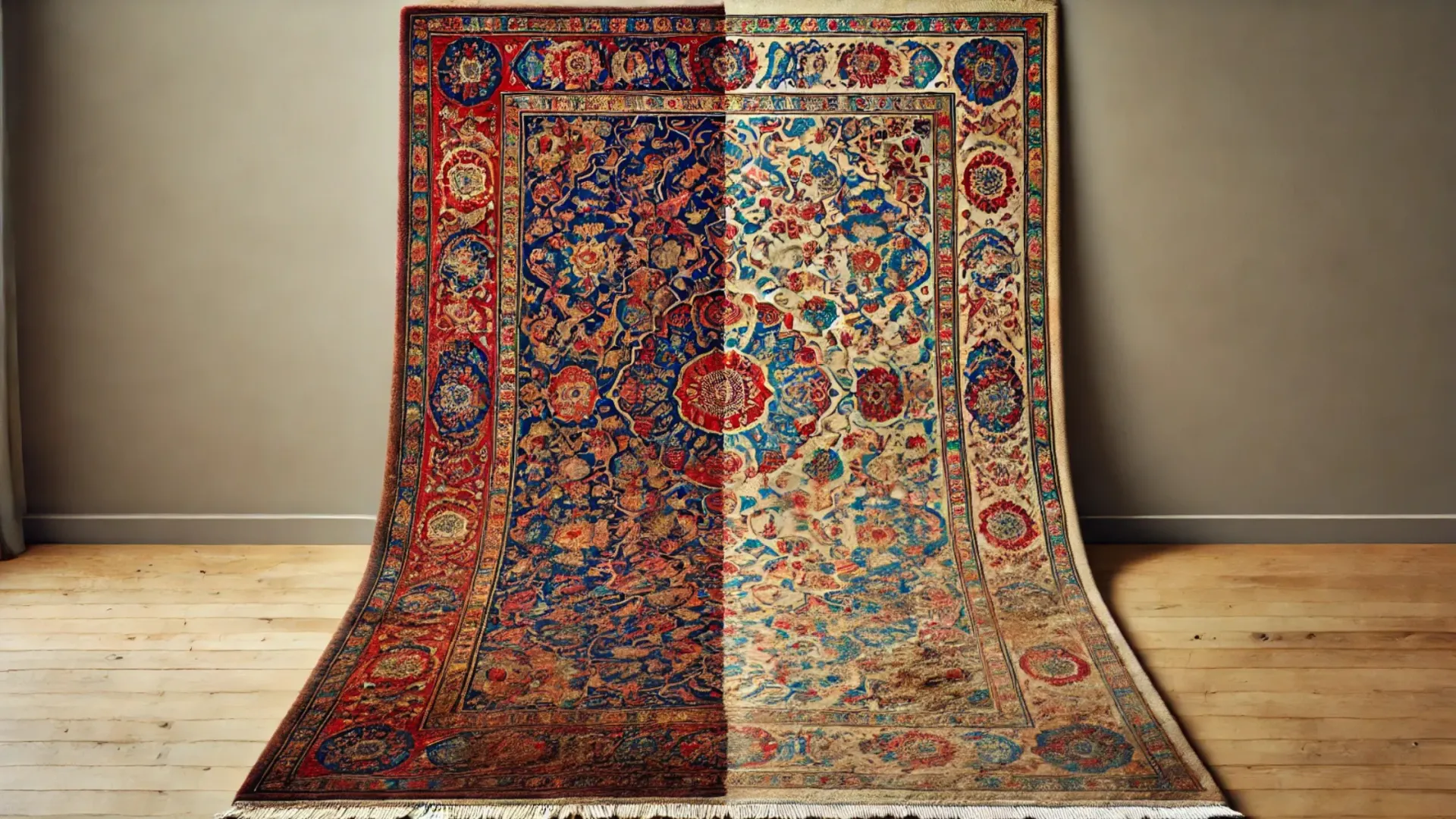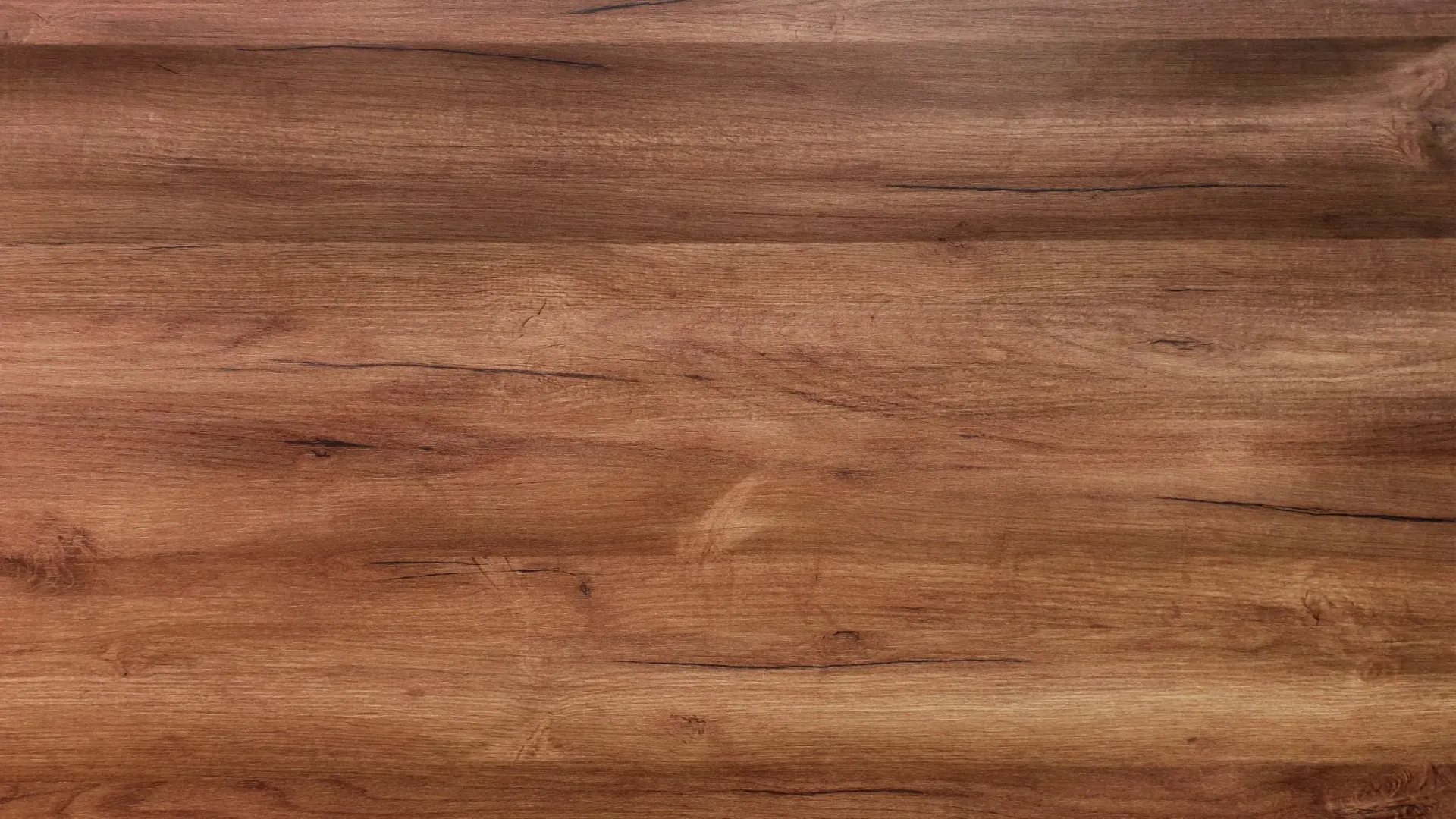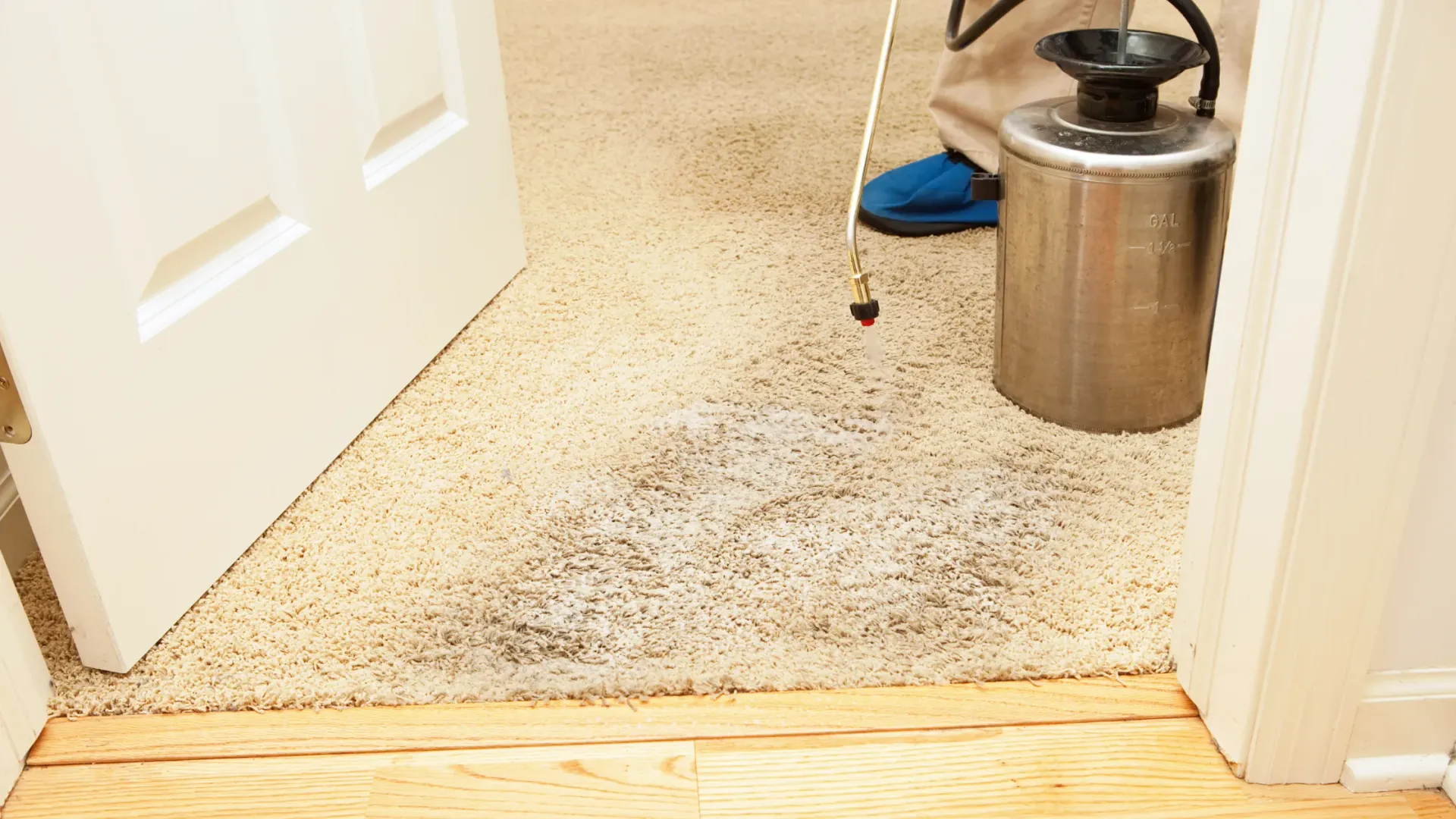The Foundation of Comfort: Best Practices for Padding and Tack Strip Installation
Introduction
The underpinnings of carpeting are rarely seen but significantly felt. From the initial softness of the carpet underlay to the secure grip of the tacks beneath, these elements set the stage for a comfortable, reliable floor covering. Understanding the intricacies of padding and tack strip installation is crucial for any homeowner looking to update their carpet or tackle a home improvement project.
Padding Installation
The right padding can transform your carpet from merely decorative to a truly cozy retreat. With various materials to choose from, each with its specific benefits, selecting and installing the right padding is a decision not to be taken lightly.
Types of Padding Materials
There are several types of padding materials, each designed to meet different needs:
- Foam padding: Affordable and commonly used, foam padding provides comfort and works well in low-traffic areas.
- Rubber padding: Known for its durability, rubber padding is suitable for high-traffic areas and provides excellent sound dampening.
- Felt padding: A natural choice for those seeking eco-friendly options, felt padding offers a soft and luxurious feel but requires more maintenance.
- Rebond padding: Made from recycled materials, rebond padding is versatile and comes in various densities, making it suitable for most carpet types.
Step-by-Step Installation Guide
- Installing carpet padding is a straightforward process but requires attention to detail:
- Prepare the subfloor: Ensure the subfloor is clean, dry, and free of debris.
- Roll out the padding: Start in one corner and roll out the padding, trimming excess as needed.
- Seam the padding: Where necessary, join sections of padding with adhesive or special tape, ensuring a seamless fit.
- Anchor the padding: If needed, use staples or adhesive to secure the padding in place, but be mindful not to overdo it and create lumps or unevenness.
Benefits of Quality Padding
Quality padding offers myriad advantages:
- Enhanced comfort: Soft cushioning underfoot improves the overall comfort of your carpet.
- Noise reduction: With quality padding, sound transmission between floors is greatly reduced.
- Thermal insulation: The right padding can provide additional insulation against cold floors, helping to maintain a comfortable indoor temperature.
Tack Strip Installation
Tack strips are the unsung heroes of carpet installation, ensuring a snug fit and proper alignment. Precision is key in their placement to achieve optimal results.
Purpose of Tack Strips
Tack strips serve a dual purpose:
- Holding power: The sharp tacks grip the carpet backing, keeping it firmly in place.
- Alignment: Tack strips help align and stretch the carpet for a smooth, professional finish.
Installation Process for Secure Carpet Fitting
Installing tack strips requires a methodical approach to achieve a secure fit:
- Prepare the area: Clear the perimeter of the room to allow for easy access to the edges of the subfloor.
- Measure and cut: Tack strips should be cut to fit the straight sections and mitered at the corners for tight angles.
- Nail the strips: Secure the tack strips with nails, placing them approximately 2 inches apart for a solid foundation.
Tips for Effective Tack Strip Placement
To ensure the carpet is properly secured, follow these placement tips:
- Set tack strips straight and secure: Misaligned or wobbly tack strips can lead to an uneven carpet, so take the time to secure them properly.
- Leave a gap: Tack strips should be placed about 1/4 inch from the wall to allow for tucking the carpet without creating stress points.
- Use enough strips: Make sure there are enough tack strips to prevent the carpet from lifting or shifting.
Enhancing Comfort and Durability
The correct installation of padding and tack strips yields far-reaching benefits for your carpet's longevity and your home's comfort.
Impact of Proper Installation on Carpet Longevity
When installed correctly, padding and tack strips can significantly extend the life of your carpet by:
- Reducing wear and tear: The cushioning of the padding absorbs foot traffic, reducing the impact on the carpet fibers.
- Preventing shifting and bunching: Properly anchored carpet doesn’t shift, which can lead to premature wear and an uneven surface.
Improving Insulation and Soundproofing
In addition to maintaining carpet integrity, the right padding and tack strips can also improve:
- Insulation: Improved thermal properties can help lower energy costs and keep rooms more comfortable year-round.
- Soundproofing: Enhanced padding with a good pad to carpet sound rating can significantly reduce noise transfer between floors.
Maintenance Tips
A little care goes a long way in preserving the comfort and condition of your carpet. Understand how to maintain and address issues with your padding and tack strips.
Regular Inspection and Care Practices
Regularly inspect the edges and corners of your carpet for any signs of visible wear, and consider:
- Vacuuming: Regular vacuuming with a beater bar is a simple way to keep your carpet and padding clean and free of debris.
- Rotating furniture: Periodically move furniture to rotate the placement and distribution of weight on the carpet and padding.
Addressing Common Issues to Ensure Comfort
If you notice any issues, such as loose or rippled carpet, prompt action is crucial:
- Re-stretching carpet: If ripples appear, it’s important to have your carpet professionally re-stretched to avoid unnecessary wear on the carpet and padding.
- Padding replacement: Over time, padding can compress or deteriorate; in these cases, it may be necessary to replace the padding while keeping the existing carpet.
Conclusion
The meticulous choices and steps taken in padding and tack strip installation are the quiet builders of the ultimate comfort in your home. By following the best practices outlined in this guide, homeowners can lay a robust foundation for carpets that do more than just look good — they provide an enduring feeling of warmth, softness, and reliability. Don’t underestimate the power of this first step in creating a space that feels like home, with every step you take.
.
.
.
#blascarpet #carpetcleaning #carpetcleaningservice #steamcarpetcleaning #carpetcleaningcompany #carpetcleaner #carpetcleaners #carpetcleaninghacks #residentialcarpetcleaning #carpetshampooing #commercialcleaningcompany #professionalcarpetcleaning #carpetstainremover #qualitycarpetcleaning #carpetcleaningtips #automobileupholstery #upholsterycleaning #upholsterycleaningservice #carcleaning #vehiclecleaning #autointeriorcleaning #cardetailing
Share this with someone in need:
You might also like



